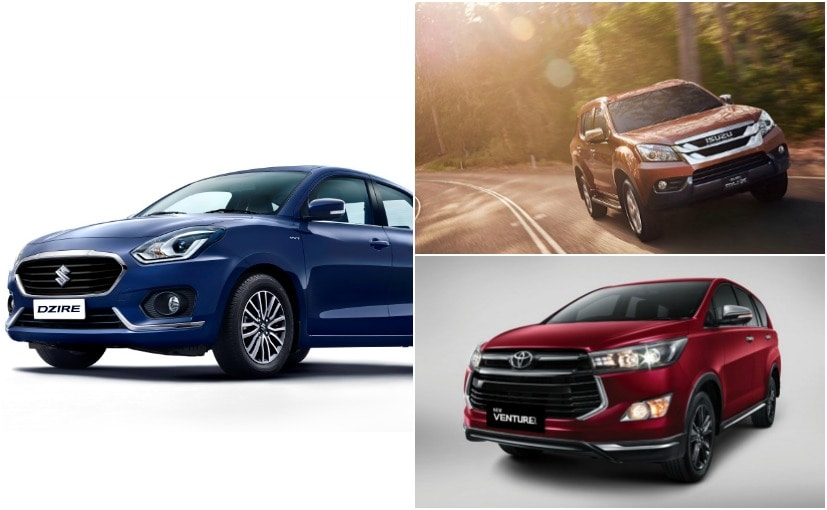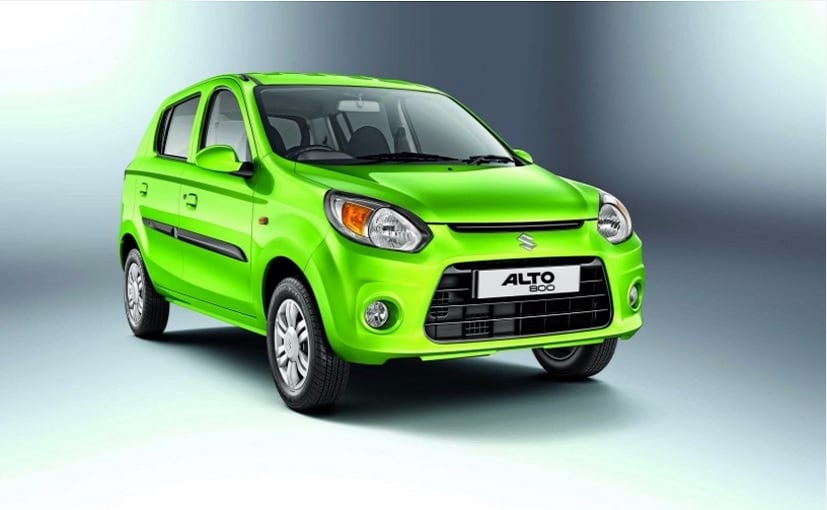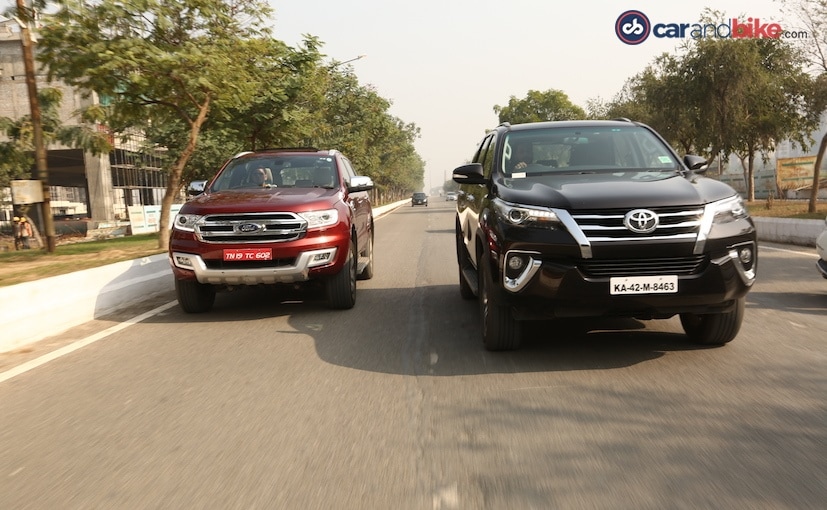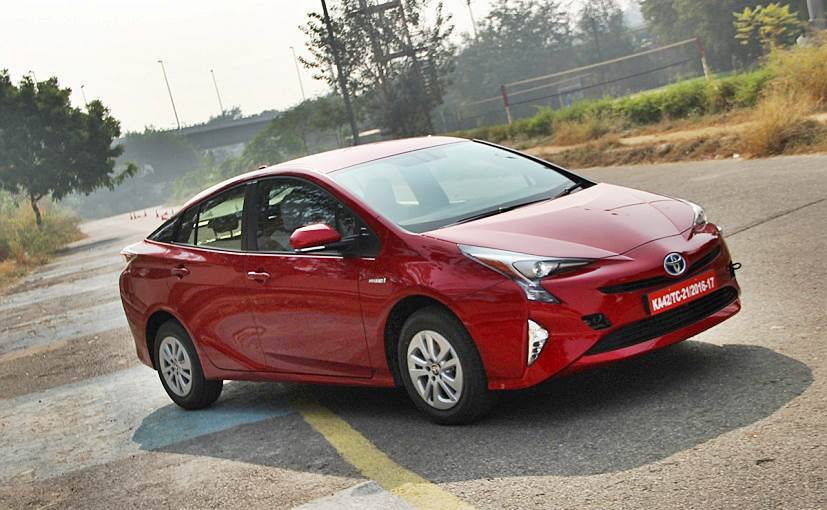
HIGHLIGHTS
- There will be a standard 28 per cent tax on all vehicles + Cess
- SUVs and luxury cars will become cheaper with GST rates
- Hybrids will become more expensive EVs will get cheaper after GST launch
Right now, the biggest question or concern buzzing around in the Indian automotive space is the impact of the new Goods and Service Tax on vehicles. The new GST rates are coming to effect from the 1st of July 2017 and while many car models will see a decline in price, there are few that are set to become more expensive. Similar is the case in the two-wheelers space, which we have already spoken about in our earlier reports. So, as a consumer, if you are planning to buy a new car or an SUV post the 1st of July, how exactly does the new GST structure affect your plans?
The short answer to that is most of the cars that are currently on sale in the Indian market will become cheaper to some or the other extent post GST launch except for hybrid cars. But, the long answer is a bit more elaborated. Once the GST rates come into effect, there will be a standard 28 per cent tax on all vehicles irrespective of make, model, engine capacity, or body type, which comes with an internal combustion engine. Over and above this 28 per cent, there will be and addition cess levied up on them, either 1 per cent, 3 per cent or 15 per cent, depending on the segmentation of cars.

Sub-4 metre petrol cars like Maruti Suzuki Alto will attract 29 per cent tax
Essentially, cars that are under 4 metres in length and come with a petrol engine of 1.2-litre or less will attract and additional cess of 1 per cent after GST launch. This list includes cars likes the Maruti Suzuki Alto, Maruti Suzuki Dzire, Hyundai Grand i10, Hyundai i20, Volkswagen Polo, Tata Tiago, and Tata Tigor, among other. Whereas, sub-4 metre cars like Dzire diesel, Mahindra TUV 300, Maruti Suzuki Vitara Brezzaand others, which come with oil burners with a capacity of 1.5-litre or less will attract a cess of 3 per cent in addition to the standard GST rate of 28 per cent. So, the overall reduction in taxes for these two segments is from 2.25 – 2.5 per cent.

Similarly, cars that come with petrol engine above the capacity of 1.2-litre and diesel engines over 1.5-litre will attract an additional cess of 15 per cent over and above the standard 28 per cent tax. This includes cars that are both under 4 metres and over 4 metres. So, cars like the Maruti Suzuki Ciaz and Ford Aspire and EcoSport (with the 1.5-litre petrol engine) will come under this category after GSt launch. These GST rates are applicable SUVs as well like – the Mahindra XUV500 and Toyota Fortuner along with luxury cars like the Mercedes E-Class, BMW 3 Series, and Jaguar XE among others. The tax reduction on cars that fall under these segments ranges from 1.7 to 12 per cent. Having said that, we have already explained all this, including a category-by-category breakup of which car slab becomes cheaper and by how much percentage, in our previous report so check that out here.

Hybrid cars like Toyota Prius will cost more now with new GST rates
As for car buyers rooting for the environment, we have good news and a bad news both. Electric car lovers the good news is for you’ll. Post 1st of July the GST on electric cars will be 12 per cent, a good 7.5 per cent less than current taxation policies. Sadly though the only electric car currently selling in India is the Mahindra e2o plus so there aren’t too many options here. That said this might also be a positive sign for Tesla to finally enter the Indian market. On the other hand, If you were planning to buy a hybrid car like the – Toyota Camry, Toyota Prius, Volvo XC90 T8 plug-in hybrid, or even the Maruti Suzuki Ciaz or Ertiga with SHVS, then you’ll be paying an increased tax of 43 per cent post GST, which a good 13.3 per cent more than the current 30.3 per cent tax on EVs. This also begs to question will we now see more electric cars on roads or will hybrids become scarce as EVs in India.
[“Source-auto.ndtv”]




